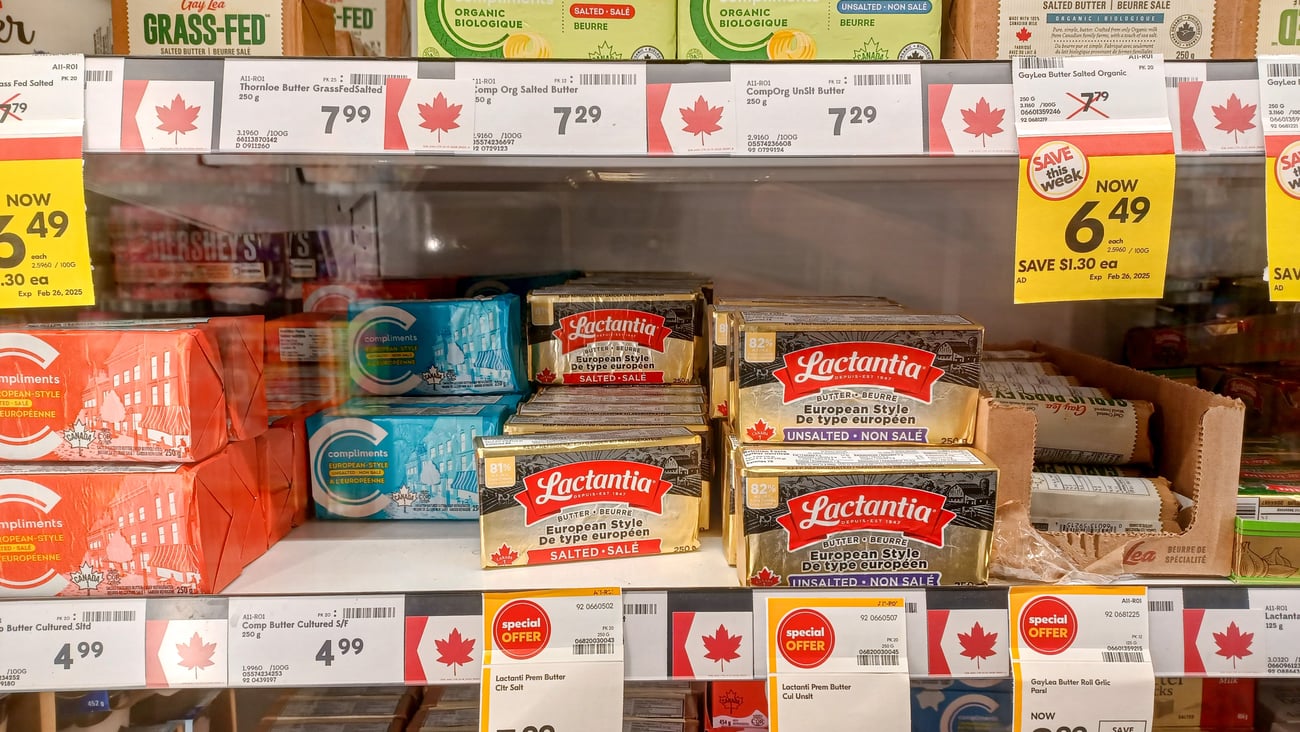The Canada You Know
How well do you know Canada?
If you’re anything like me, you may have a view of the country that is mostly informed by the surroundings in which you work and live.
I live in Toronto, so the Canada that I know is multicultural and urban. I also know, however, this is not a reality shared across the country.
Although there’s certainly more that unites us than divides us, cultural, economic and geographical differences influence the point of views that we hold and the ways we behave, including how we eat.
A challenge for marketers and consumer researchers alike is to identify commonalities while understanding differences in the markets in order to leverage insights to help grow one’s business.
In this year’s soon to be published Eating Patterns in Canada Report, we look at Canadian eating habits using empirical data to map out similarities and differences that extend from east to west.
What did we find? Here are just a couple of insights.
One interesting insight we found was that consumers in Quebec snack less often and their views towards snacking are less favourable.
Yet yogurt is the fastest growing food category in Canada, and Quebec consumers eat more yogurt than anyone else in the country.
Better understanding the Quebec dynamic around snacking, such as when and what they eat, can open up growth opportunities for food and beverage manufacturers, retailers and foodservice operators in this market.
Age and ethnicity are intertwined with regional trends. In short (as pointed out in my last blog), Atlantic Canada is older with an average age of nearly 44; while Alberta is 8 years younger at 36.
Also, Asian Canadians make up a greater proportion of the population in Ontario and in the West.
How does this translate into food trends? One simple finding is that rice is more popular in Ontario and in Western Canada.
Another finding is the average consumer in the West eats out more often. In short, without discounting the other regions, look to the West for innovative food trends as spurred on by its dynamic ethnic and youthful population.
Just as Canada holds a separate identity from the U.S., its regions also have their own distinctiveness from each other.
Understanding these differences can open up new opportunities for your business and provide a competitive advantage in the competitive Canadian market.




